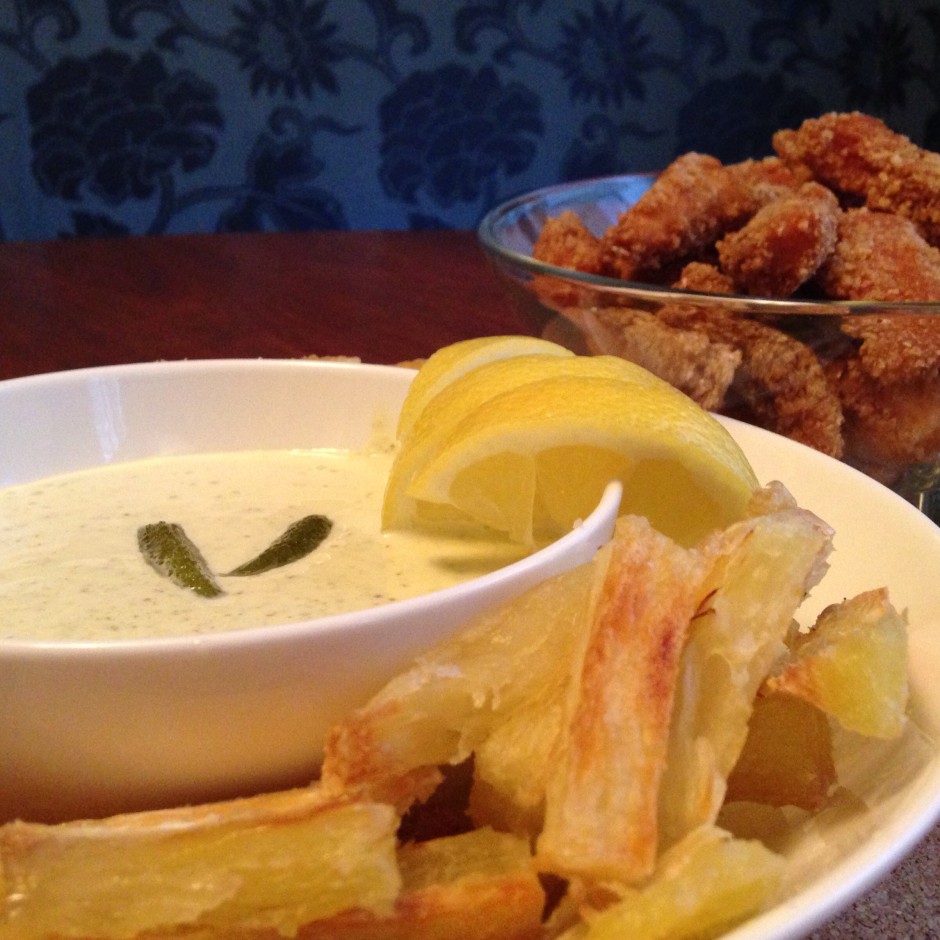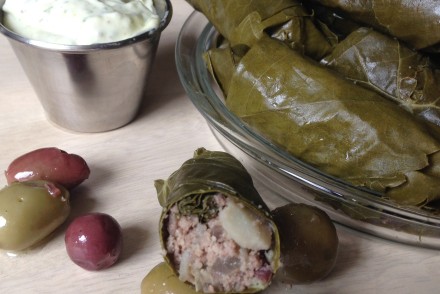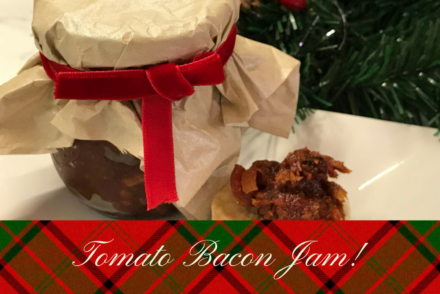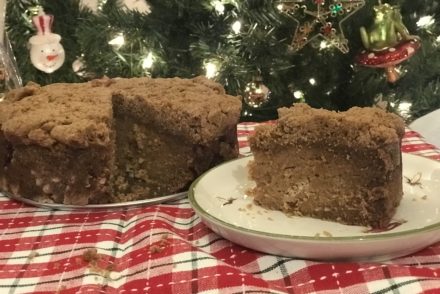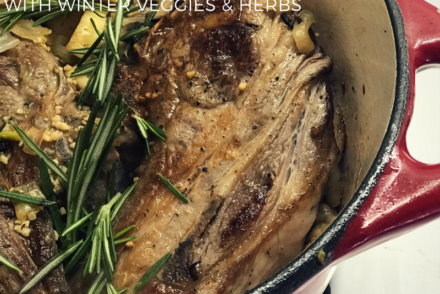I’ve written before about comfort foods, and their importance in the success of sticking with any diet. One of the most popular comfort foods in our home is a good English fish and chips. I still remember the first time I had fish and chips. I was about 5, and we were visiting family in London. While I’d been to England several times before, this was the first time we were exploring the city. The first few days of our trip were focused on all of the typical sites you would want to see; changing of the guard, tower of London, Buckingham palace, Portobello road, all of it. I had had my fill of tea and scones and finger sandwiches – and was about to turn into a giant bowl of clotted cream with berries (delicious by the way). The one thing I had yet to enjoy was a classic fish and chips.
Determined to get the most out of our time in the city, and find the most authentic fish and chips we could, my mother hailed a cab. As soon as we got in, she asked the driver to take us to the best fish and chips in London. The cab started off down streets we had never seen, and shortly brought us down to the docks. The driver turned around and chatted with my mother for a minute, and then got out of the cab. A few minutes later, he returned with three news paper parcels dripping with grease. The smell was amazing. I unwrapped the greasy newsprint and tucked into one of the most fantastic culinary experiences of my life.
When I discovered I was a celiac, I mourned the loss of my battered fried fish. However, over the years, I’ve played around with various gluten free and paleo friendly ways of doing a breading, and have been very pleased with the results of breading in pork dust . Normally, I use pork dust to bread chicken, but it also works very well with fish. Thankfully, after some experimenting, I have come up with a fail safe paleo fish and chips to satisfy my cravings.
They key to preparing a breaded fish cutlet like this is to use the right type of fish. Some fish can be too delicate to handle the breading process (egg wash and then the “breading” in pork dust ). I have found tilapia stands up quite well during this process. You can either oven bake it, or fry lightly in oil on the stove top – either way it will be delicious.
Classic fish and chips have thick cut fries served with them. To be honest, I’ve never liked that style. Personally, I like the thinner crispier fries that the overly potato-ey version. However, to keep with the classics, I like to use Yucca to replicate the thick cut fries. Coat them in olive oil and salt, and bake at 425 for 15-20 minutes. Delicous.
The final piece to complete the meal is an area of some contention for many. There are purists out there who feel very strongly a good fish and chips should only be accompanied by malt vinegar. While I love the malt vinegar style, it sadly isn’t paleo, so I serve my fish and chips with a delicious creamy tartar sauce. This tartar sauce is one of my favorite things; slightly tangy and briny, it is perfect with fish, as a dipping sauce for fries, or even as a topper on a burger. Try this sauce, and I promise you will be finding excuses to put it on everything.
Ingredients
- 1 cup light olive oil
- 1/2 lemon
- 1 egg
- 1/4 cup gherkins (chopped)
- 1 tbsp Apple Cider Vinegar
- 1 tbsp pickle juice
- 1 tsp coarse stone ground mustard
- 1 tbsp dill (optional)
Instructions
- In a wide mouth mason jar, pour olive oil and an egg. Juice out the half a lemon into the jar straining out seeds, but getting lots of pulp in (use a spoon to get as much pulp in as you can). Using an immersion blender, mix from the bottom of the jar pulling up to get a nice thick mayonnaise.
- Add in the chopped gherkins, vinegar, pickle juice, mustard and dill. Blend again for a few seconds with the immersion blender until well mixed.
Notes
Keep this in the fridge for up to a week. Serve with fish and chips, fries, or on burgers.
